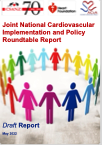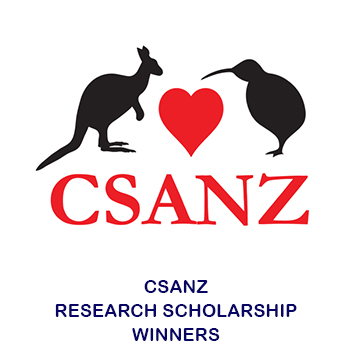The 4th International Clinical Cardiovascular Genetics (ICCG) conference was held in Brisbane on May 11-13, 2022. As the first face-to-face meeting for the majority of the attendees, it was as much a social event and “family reunion” as it was an outstanding scientific conference exploring the latest in cardiovascular genetic advances and how these amazing developments have led to improved patient care.
Our two international guests, Dr Perry Elliott (UK) and Dr Bruce Gelb (USA), shared their knowledge in the fields of inherited cardiomyopathies and congenital heart diseases, and were accompanied by an exceptional national faculty of unmasked speakers, and a number of students presenting abstract talks and posters many for the first time at an international conference.
Download the report in full here (pdf).
Prof Chris Semsarian, Scientific Program Chair
















